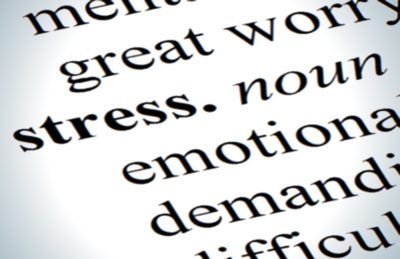
I have been teaching middle school for a long time, but it never fails to make me smile when the following happens at a dinner party:
“What is it that you do?” asks a completely genuine person after they have told me of their grand office adventures.
“I teach (a smile starts to turn up the corner their lips)…. middle school” (smile transforms into awkward grimace). I am always intrigued by the shift in smile as it crosses the person’s face, I can’t help it. What is in that shift? A recalling of their own painful middle school years? A flash of sitting alone at lunch, head-gear on the table next to their institutional green tray? The aftereffects of what this unique age and stage represents in a person’s life fascinates me.
I also relish it because inevitably the person stumbles for words and then says something to the effect, “I could never do that.” One woman even exclaimed, “You must have a secret super human power!”
“Oh, I do!” I replied, “ I have no sense of smell!”
Fast-forward to 2018. My New Year’s Resolution is well underway. I have changed my diet drastically, eliminated my allergies and now… I can smell! I have lost my super human power and I am experiencing the world through a fresh set of nostrils.
Morning math class, Struggling Student, with serious math woes that compare nothing to his home-life woes, comes up for help. A wave of alcohol stench beats him to my desk. What?! This is middle school! He has been drinking? When? Where? Did he come to school this way? Even before he opens his mouth to speak, I have a mental plan to be in the office with this student and the principal. I help him find “X”. I eye him intensely as he ambles back (unsteadily?) to his desk.
I reach for the phone to call the principal. Sweet Girl, the class peach, walks up. Again, a cloud of alcohol fumes wafts towards me. What? Not Sweet Girl…not the class peach! What is going on? I stand up, walk around my desk and survey the room.
It is flu season and a big, green bottle of hand sanitizer has been placed by the sink. Yes! Whew! I do not have a class of prepubescent drunkards…I have a class of rightful germophobes!
And then it hits me. I had quickly jumped to judge Struggling Student as wayward child, while it took Sweet Girl’s presumed innocence to make me go upstream and seek the truth. My conscience slunk into my gut and sat down hard. I never wanted to know I could be that kind of teacher – the kind who falls prey to the Pygmalion Effect.
I clearly recall sitting in my teacher prep classes in college and learning about the Pygmalion Effect. This concept was presented by Dr. Rosenthal in the 1960s and holds that teachers’ expectations of students greatly influences their learning and behaviors. Dr. Rosenthal found that when teachers were told their students were on the brink of a massive intellectual blooming, their IQs did indeed rise over the course of the school year. The kicker? All were truly just average students. The Pygmalion Effect has been supported by numerous studies since it was first discovered.
I was a Pygmalion Effect participant. I was not happy, nor was I proud about that. How had I come to this? More importantly, how could I improve my thinking?
So many data points track our students year-to-year, classroom-to-classroom: Response to Intervention data, state test scores, in-district test scores, behavioral referrals and IEPs are just a few. Most are aligned to statewide policies that require teachers to review, analyze and adjust their instruction for improvement. I cannot help but wonder what effect this information has on a teacher’s subconscious mind as she participates in a thousand little interactions with each student over the course of the year. It is very easy to see how I could have come to this; how any teacher can come to this.
How can I improve? How can any teacher improve? In all honestly, I feel like I am a very fair and equitable teacher. I keep mental track of whom I have called on, I am careful in my praise to ensure students know they their efforts are meaningful. I am cognizant of each student’s abilities as I prepare materials that will push each child to the high end of their Zone of Proximal Development. And yet, those are all very conscious choices I am aware of. What about my unconscious actions? My implicit biases? Perhaps I “feel” like a fair and equitable teacher, but do I subconsciously think like one?
I am intrigued by the work of Dr. Pianta in this area. He experimented with an intensive behavioral training program which provided teachers with a whole new set of teaching responses surrounding student behavior. A quick review of his work gave me a series of, “Aha” moments. In essence, he found that teachers who undertook skills-based training to ameliorate unconscious biases actually increased student learning for all of their students. Many of my students come from deep poverty and face many struggles in their daily lives. Interactions with their teacher should not be one of them. Most of the time, I am keenly aware of this; my moment was an eye-opener for me. I realized I needed to do everything in my conscious AND unconscious power to ensure this to be true ALL the time; throughout all those thousands of little interactions that grow students’ belief about themselves.
My New Year’s Resolution has found me experiencing the world through a fresh, new set of nostrils. I have added to my resolution to view my students through a fresh, new set of eyes.

